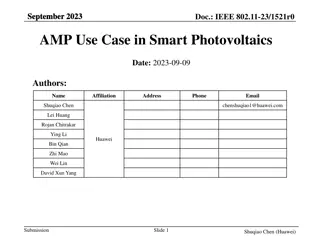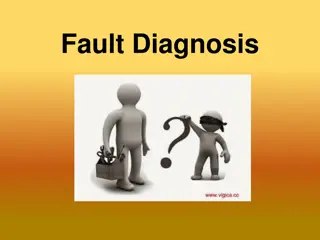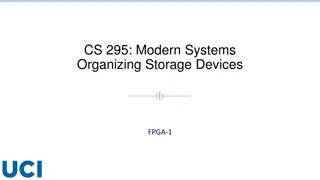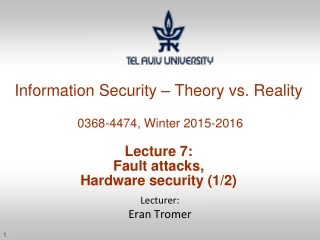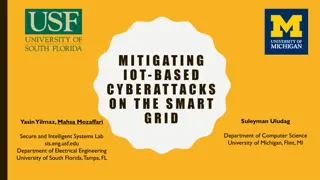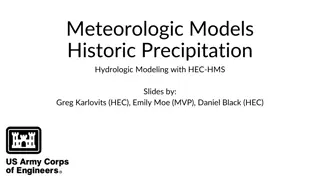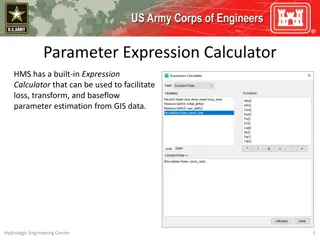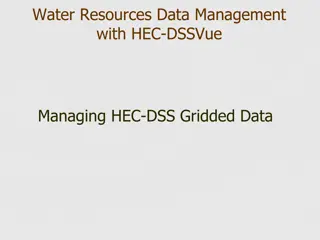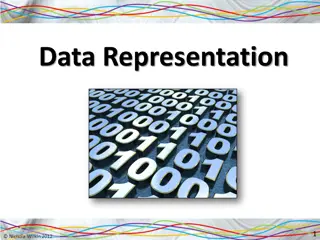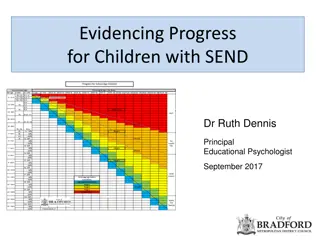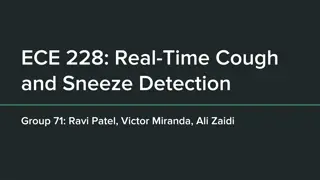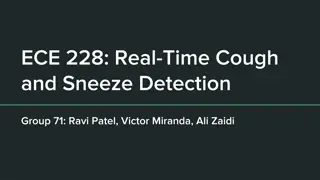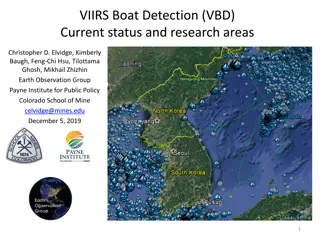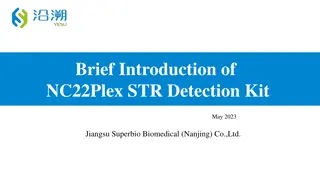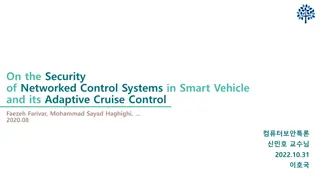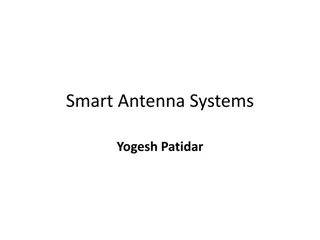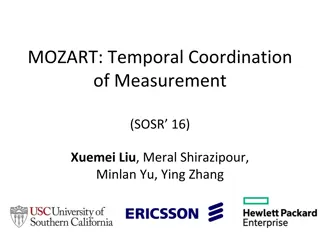Fault Location and Detection in Smart Grids
Fast and accurate fault detection and location are crucial in power grid management, especially in smart grids with bidirectional power flow. This study explores various fault location methods including impedance-based and travelling waves-based approaches. It also discusses the use of Intelligent Electronic Devices (IED) and Directional Fault Passage Indicators (DFPI) in fault detection. The goal is to enhance grid quality, flexibility, and reliability in smart grid systems.
Download Presentation

Please find below an Image/Link to download the presentation.
The content on the website is provided AS IS for your information and personal use only. It may not be sold, licensed, or shared on other websites without obtaining consent from the author. Download presentation by click this link. If you encounter any issues during the download, it is possible that the publisher has removed the file from their server.
E N D
Presentation Transcript
ELEC-E8423 - Smart Grid Methods for Fault Location and Detection in Smart Grids Joakim Lyyski, Saku Muukka 05.04.2021
Introduction - Fast and accurate fault detection and locating is essential in power grid management and operation - Fault location in smart grids is more complicated compared to conventional grids due to the bidirectional power flow and power electronics - Measuring and protection equipment designed for conventional grids are not sufficient to operate in all fault scenarios - Smart grid aims to improve grid quality, flexibility and reliability, not lessen it - In smart grids, the faults are located by using multiple methods: - Impedance based location methods - Travelling waves-based fault location methods - Intelligent electronic devices (IED) and Directional fault passage indicators (DFPI) - Smart meters, data and machine learning methods 05.04.2021 Page 2
Fault detection and response in grid operation [1] 05.04.2021 Page 3
Impedance Based Fault Location Methods [2] - Uses impedance value as seen from measurement node for locating the fault - Based on Ohm s law - Can indicate multiple possible fault locations from the measurement point - Requires data from: - Substation voltage and current - Network topology - Line and load The problem of multiple estimations [2] 05.04.2021 Page 4
Travelling Waves-Based Fault Location Methods - When a fault occurs, it generates high frequency travelling waves of currents and voltages propagating away towards both ends [2] - Double-ended methods - Distance to the fault is calculated by using the times that the waves takes to arrive to the bus A and B - Requires: - Measuring devices with very high-frequency sampling rates GPS for synchronizing the measured values Lattice diagram for a fault at distance d from A. [2] - Page 5
Fault location by using IED & DFPI [5] - - - DFPI = Directional Fault Passage Indicators IED = Intelligent Electronic Devices ANSI 21 FL = Impedance based fault location method - Method uses DFPI s with advanced fault location algorithm to estimate the location of the phase and earth faults - Fault locator brick - identifies faulty section of the network - Distance brick - detects at what distance is the fault in the faulty section 05.04.2021 Page 6
Smart meters in fault detection - Can improve performance of the impedance based methods [6] - Smart meters identify the area where the voltage is low due to the proximity of fault location - Can be used to detect the high impedance faults (HIF) in distribution grid [3] - Fault is detected depending on the amount of even harmonics in the grid - Even Harmonic Distortion Index (EHDI) Algorithm implemented in SM for HIF detection [3] 05.04.2021 Page 7
Data and Learning Based Fault Location Methods High amount of data available by multiple measuring instruments and sensors: AMI = Advanced Metering Infrastructure (Smart meters) PQA = Power Quality Analyser PMU = Phasor Measurement Unit, PDC = Phasor Data Concentrator SCADA = Supervisory Control and Data Acquisition system WAMS = Wide Area Monitoring System Combined with Machine Learning/Artificial Neural Networks (ML/ANN) [7] - A trained ANN algorithm is powerful in identifying a faulty pattern (grid fault and fault location) and can classify the fault by pattern recognition. - Fault prediction and mitigation - Real-time monitoring enables fast and accurate response to faults 05.04.2021 Page 8
Conclusions - Fast and accurate fault detection and locating is essential in power grid management and operation, especially with smart grids - Fault location in smart grids is more complicated compared to conventional grids due the bidirectional power flow and power electronics - Computer algorithms and machine learning analyzation of monitoring data is essential in the future of smart grid fault prevention and detection - Accelerating utilization of information technology, big data and artificial intelligence providing new opportunities for fast fault location and detection in complex networks, also for those containing distributed, intermittent generation 05.04.2021 Page 9
Source material used Chen, K., Huang, C., He, J. Fault detection, classification and location for transmission lines and distribution systems: A 1. review on the methods , 2016, High Voltage, pp. 25-33. 2. A. Bahmanyar, S. Jamali, A. Estebsari, E.Bompard: A comparison framework for distribution system outage and fault location methods , Electric Power System Research 145, 2017, 19-34 S. Chakraborty and S. Das, "Application of Smart Meters in High Impedance Fault Detection on Distribution Systems," in 3. IEEE Transactions on Smart Grid, vol. 10, no. 3, pp. 3465-3473, May 2019 Andresen, C.A., Torsaeter, B.N., Haugdal, H. & Uhlen, K. 2018, "Fault Detection and Prediction in Smart Grids", 9th IEEE International Workshop on Applied Measurements for Power Systems, AMPS 2018 - Proceedings. Silos-Sanchez, A., Villafafila-Robles, R. & Lloret-Gallego, P. 2020, "Novel fault location algorithm for meshed distribution 4. 5. networks with DERs", Electric Power Systems Research, vol. 181 6. F. C. L. Trindade and W. Freitas, "Low Voltage Zones to Support Fault Location in Distribution Systems With Smart Meters," in IEEE Transactions on Smart Grid, vol. 8, no. 6, pp. 2765-2774 D. Deveraj, M. Krishna Paramathma, I.Rajalakshmi: Simulation And Implementation of Phasor Measurement Unit for Wide Area Monitoring System , IEEE International Conference on Intelligent Techniques in Control, Optimization and Signal Processing, 2017. 7. 05.04.2021 Page 10





